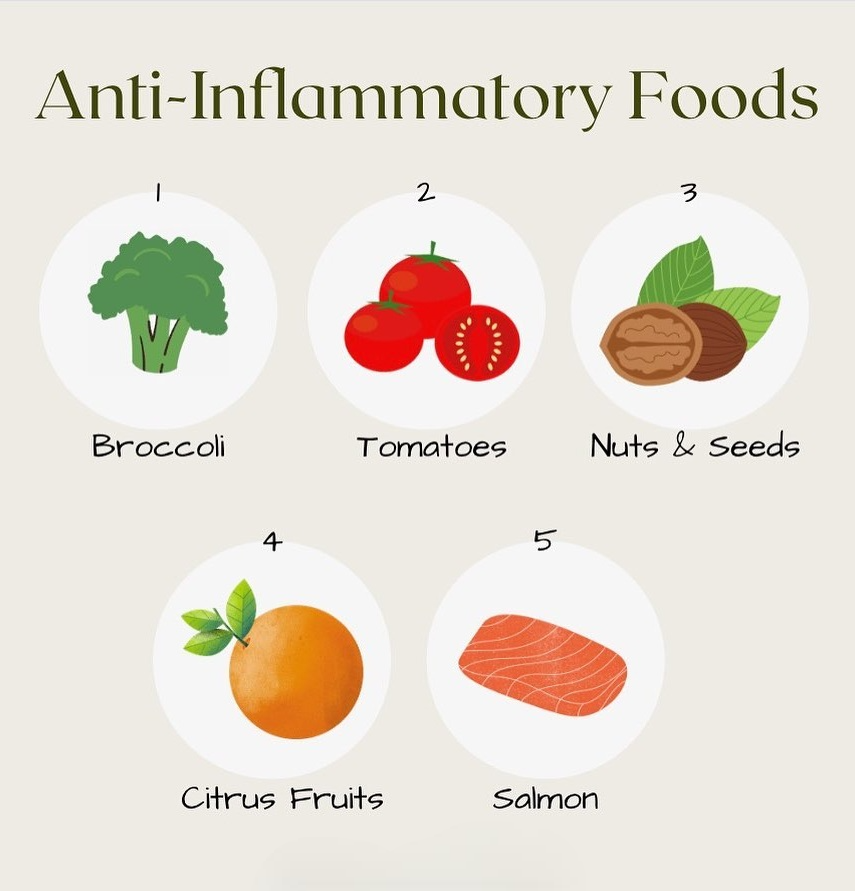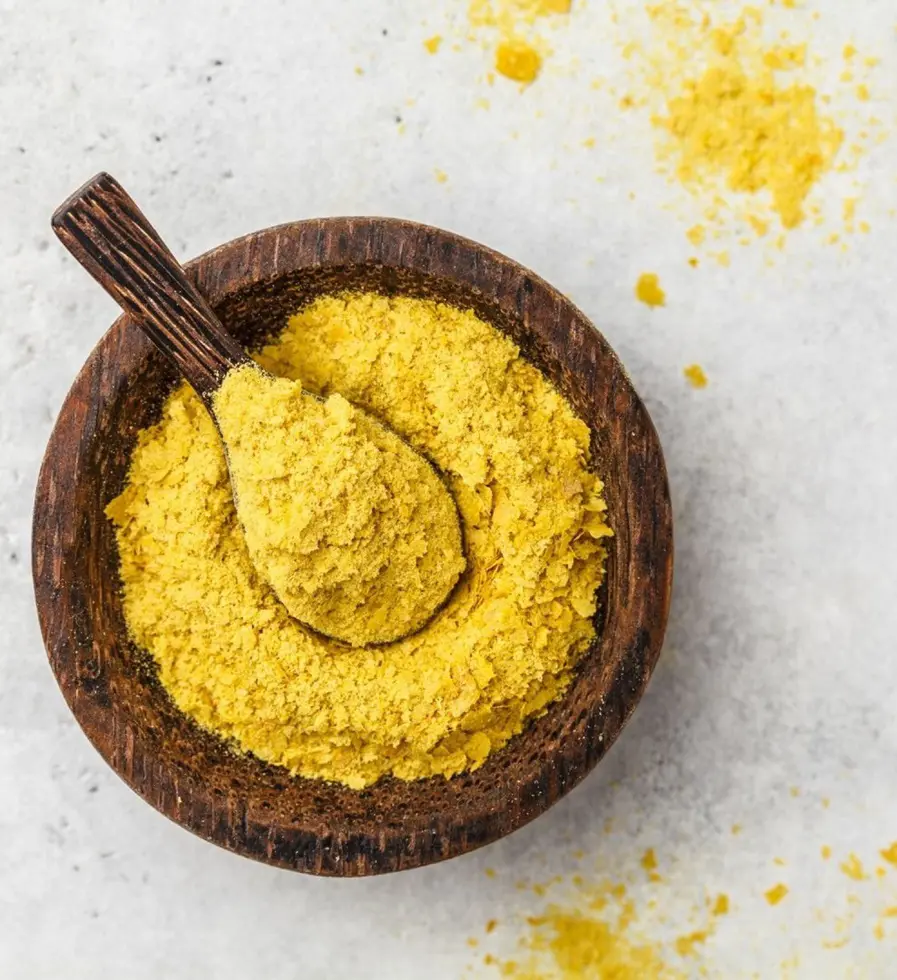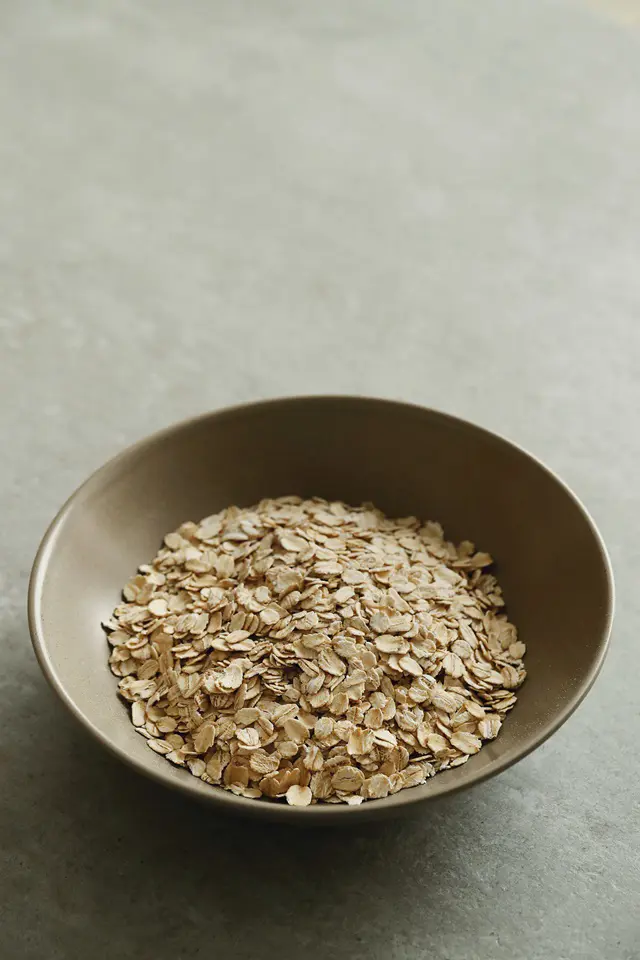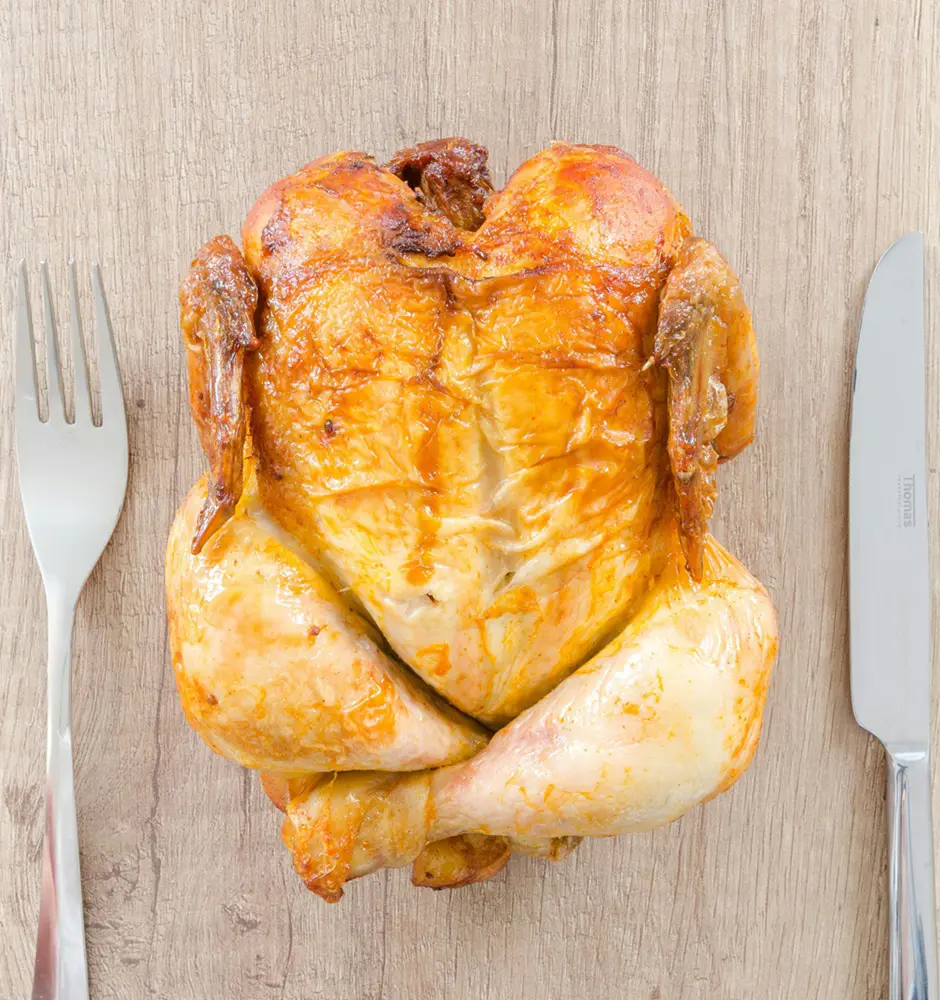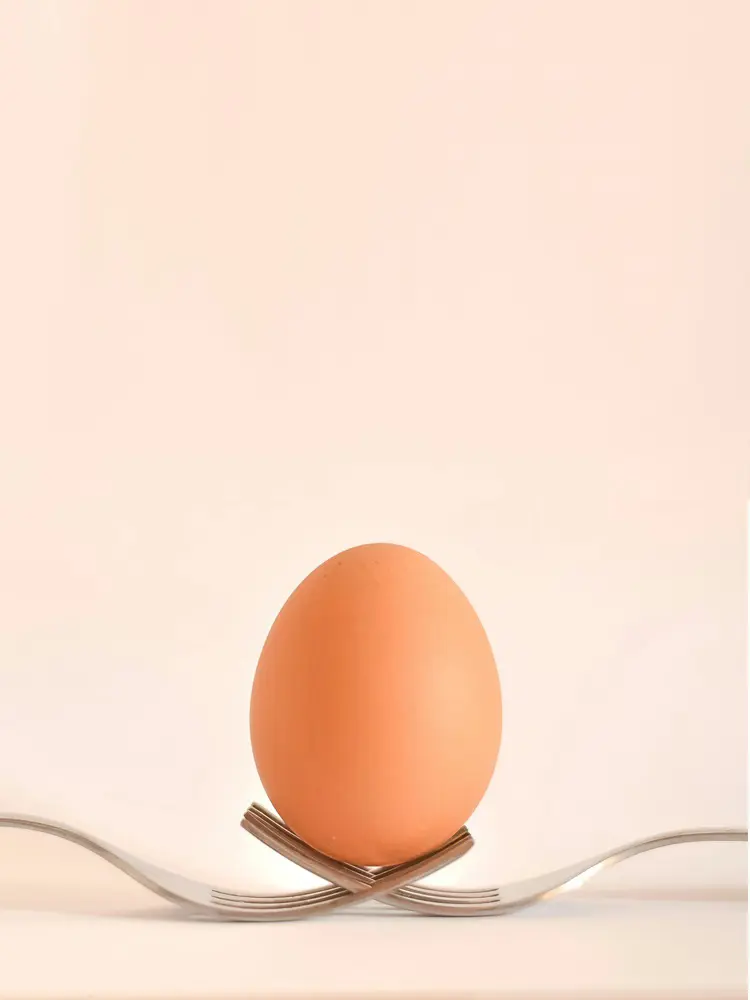15 Remedies For Period Cramps You Must Know About
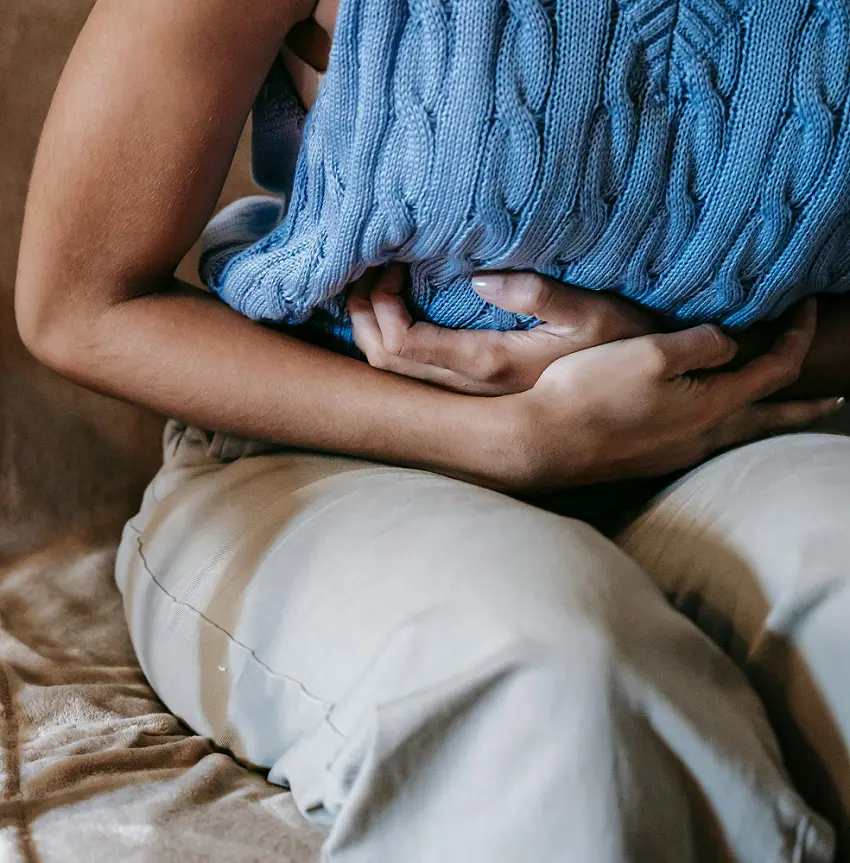
This post may contain affiliate links. If you make a purchase through links on our site, we may earn a commission.
If you feel unbearable pain during your menstrual cycle, then you are not alone; as a majority of women throughout the world experience this.
Varieties of remedies are easily available to reduce menstrual cramps. This article will provide some remedies that lower your pain and significantly help you with all the period-related discomforts you've been facing.
1. Apply Heat Patch To The Abdomen

Using a heat patch is a universal remedy for lowering the pain in the muscles, including those caused by the periods. Keeping a heat patch on your abdomen will relax the muscles of the uterus. This consequently lowers the pain and discomfort that you experience during periods.
The warmth of a heat patch can increase the flow of blood in the muscles. This aids in reducing the tension in them. It also assists in lowering the rate of contraction of muscles in the uterus. In addition, the moderate heat also sends a soothing signal to the brain. A heating pad, hot water bottle, or warm bath, anything can be used to get away from the pain.
2. Massage Stomach with Essential Oils
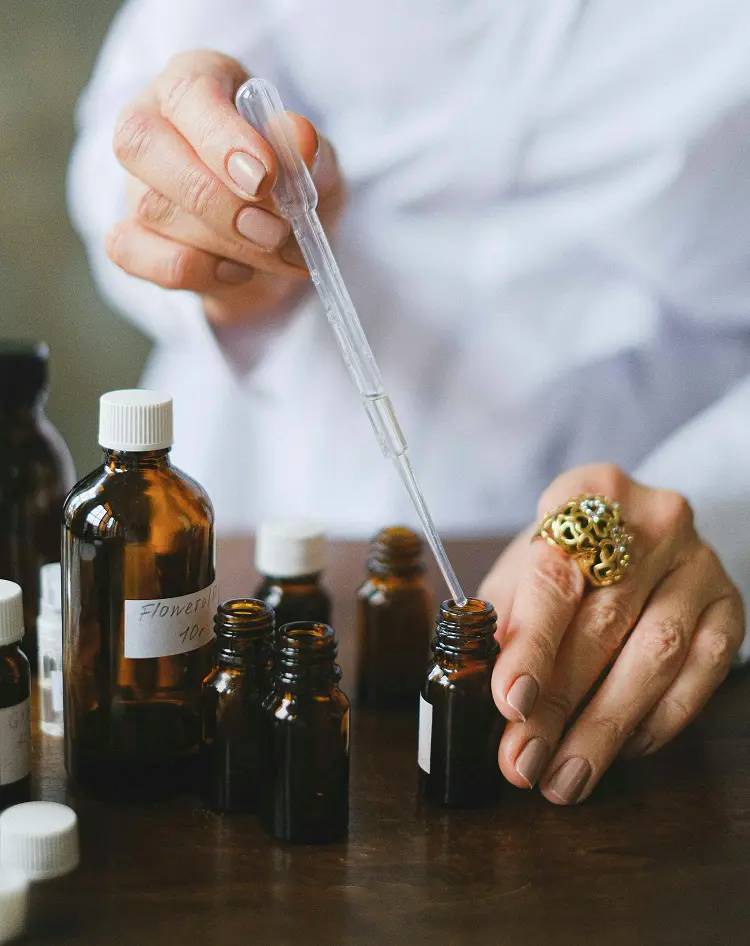
Essential oils are versatile beings serving multi-dimensional roles Not just their scent, but as a massage oil as well. Some essential oils like fennel, lavender, peppermint, etc. are highly beneficial as well as very effective scorers for massaging and menstrual pain. But they have to be diluted by mixing with some carrier oils such as coconut oil.
Many people have skin that is ultra-sensitive and starts to immediately become red. Therefore, always patch test whenever you are about to apply essential oils topically. Then, step with it for about 15 minutes or so your body can be applied.
This not only adds to the benefits of aroma therapy but enhances circulation and relieves muscle tension.
3. Warm Bath Soaks

Soaking in a warm bath can provide quick relief from period cramps. The heat relaxes abdominal muscles, improves blood circulation, and offers mental relaxation. A popular choice for most people when taking a warm bath is adding Epsom salts in a bathtub.
This can assist in the relaxation of your body and relieve tension in your muscles. Make sure you stay in the tub for around 15 minutes for better results.
4. Practice Mild Exercise or Yoga

Gentle exercises, such as yoga, can be surprisingly effective for relieving period cramps. Yoga poses like the child's pose, cat-cow stretch, and supine twist target the pelvic area, enhancing blood flow and reducing muscle tension.
Regular physical activity, even during menstruation, releases endorphins; natural painkillers that improve mood and decrease discomfort. Walking, swimming, or Pilates are other mild activities that can help.
5. Avoid Caffeine During Period Pain
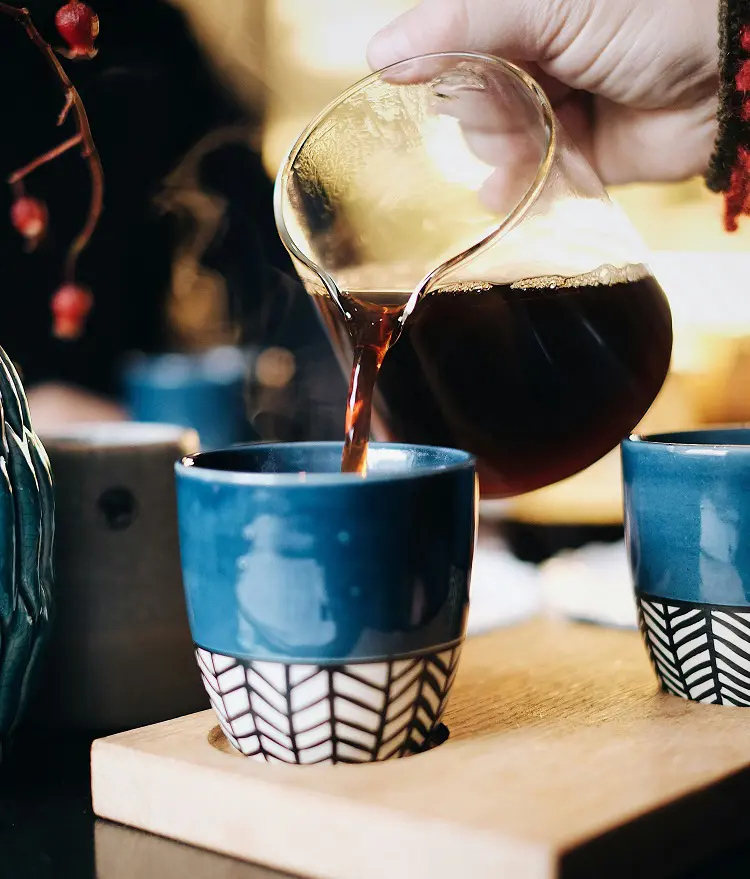
Most of you might be fond of caffeinated drinks like soda, coffee, energy drinks, etc. But, if you want to lower your menstrual pain, you need to lower the intake or avoid such drinks as much as possible. These drinks can actually mess with your periods.
The rate of flow of blood in your veins will lower, and the pain in your muscles will increase. Hence, instead of using these drinks, one might want to consider decaffeinated versions like black tea, kombucha, or chicory, which might be easier on one's period symptoms.
6. Drink Herbal Teas
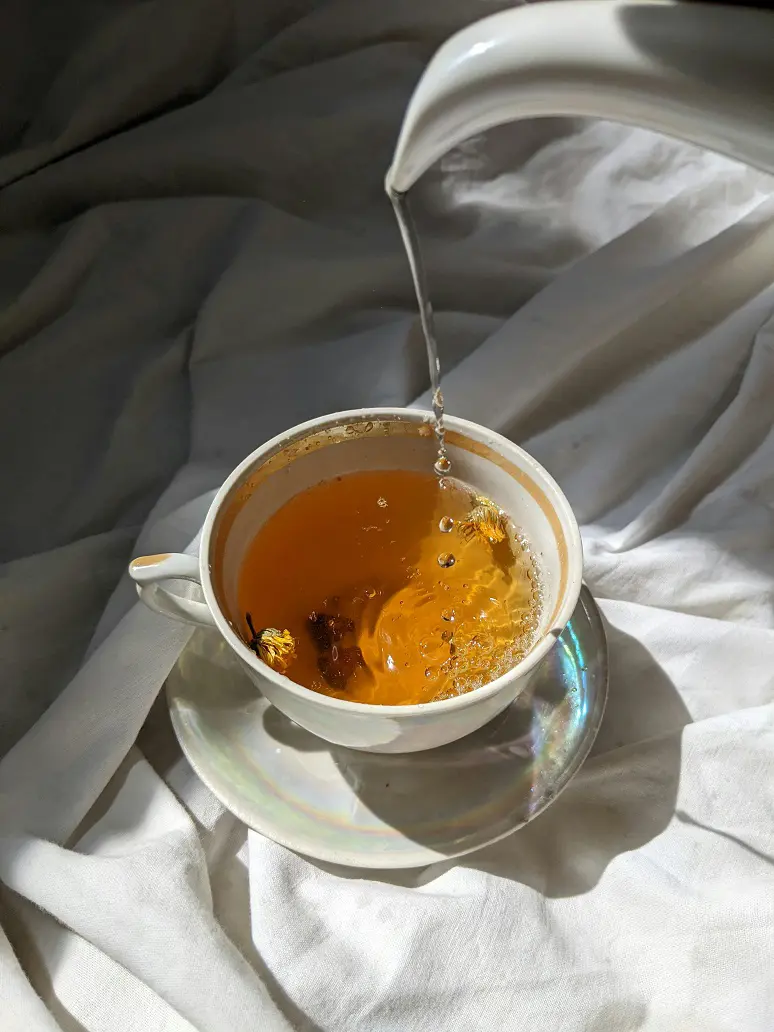
Drinking herbal tea might be one of the best home remedies for period cramps. Ginger tea, green tea, chamomile tea, oolong tea, fennel tea, etc. can have positive impacts on your body by reducing pain and providing relief.
Ginger tea has inflammatory properties and can provide relief from pain, whereas, fennel tea and oolong tea lower the pain in your body during menstruation.
Do you love species? If yes, then, add cinnamon to your tea. This will provide relief to your body.
7. Anti-inflammatory Foods
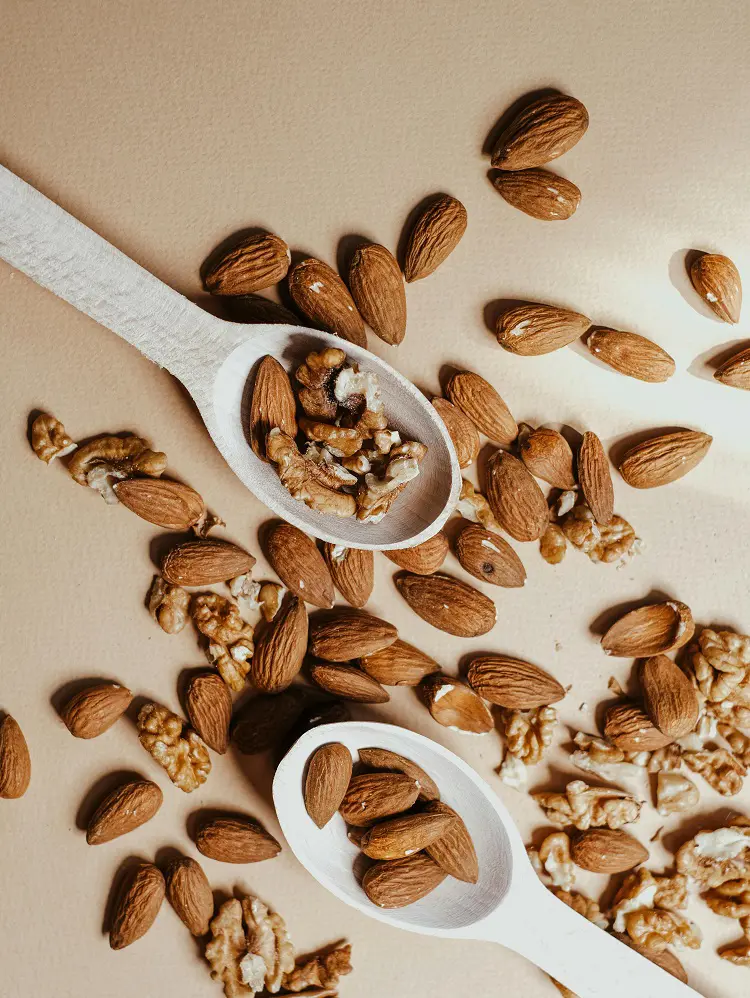
There are a lot of foods you can eat on your period, and some of them include non-inflammatory foods. Non-inflammatory food lowers the pain that might arise during menstruation. Some of the good choices of such foods are:
- Green vegetables
- Salmon
- Tuna
- Olive oil
- Almonds
- Tomatoes
Switch to more eating more vegetables and fruits instead of heavily relying on meat products. These vegetables and fruits provide much better relief from pain than the non-vegetarian diets.
Additionally, avoid taking processed foods and high sugar content as they might cause inflammation in your body.
8. Try Dietary Supplements
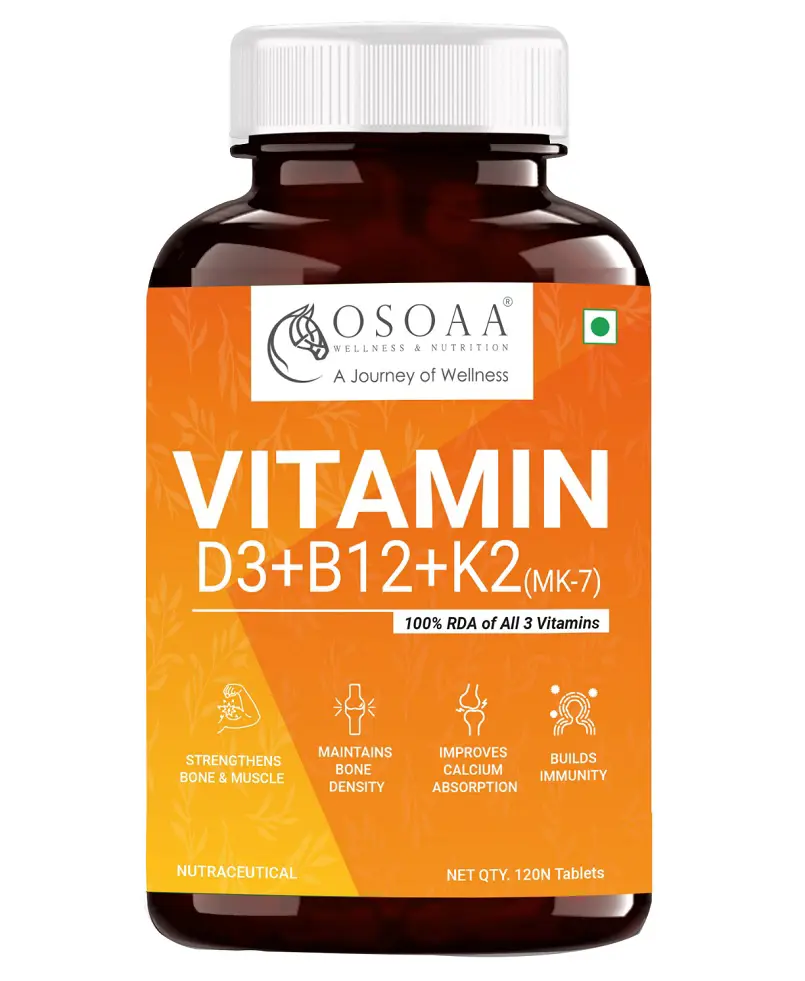
Dietary supplements can offer an alternative to alleviate period pain. Some important supplements are:
- Calcium for pain relief.
- Different vitamins for the proper functioning of the body.
- Fish oil reduces pain and swelling.
- Zinc reduces swelling and provides relief from the cramps.
- Iron prevents the risk of anemia.
Taking these without prescriptions might backfire. So, Take these after visiting a doctor.
9. Over-the-Counter Pain Relievers
For easing menstrual cramps, OTCs are an effective option. Commonly used pain relievers can ease pain by blocking the signals in the body and offering relief.
You need to take only the prescribed quantity of these drugs as their overdosage will create several health implications.
10. Consider Trying Acupuncture or Acupressure
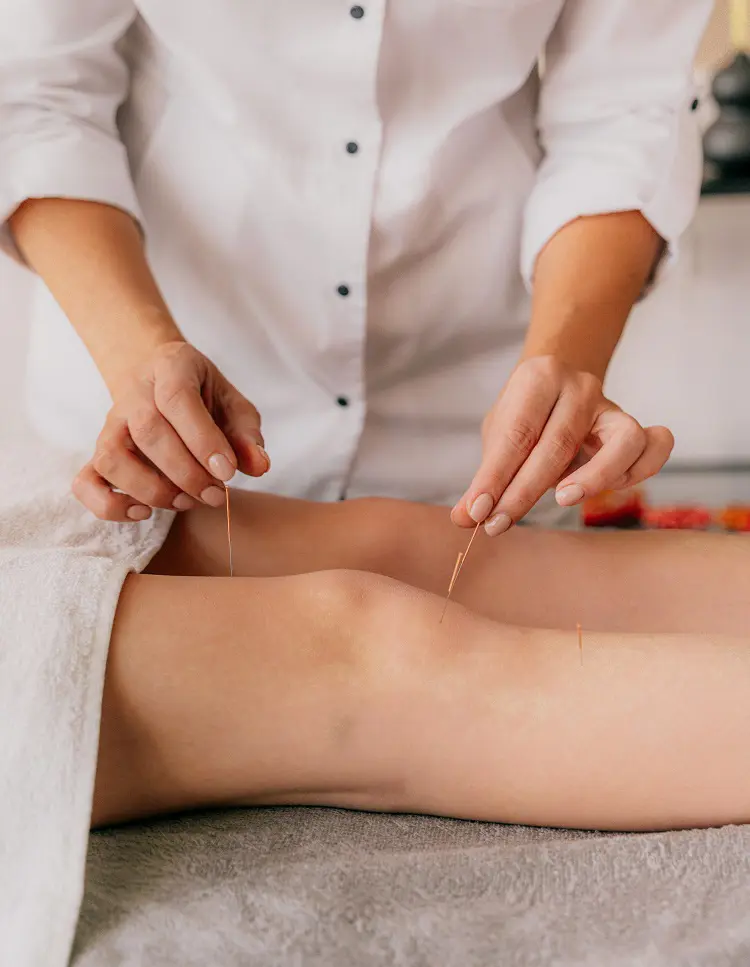
Acupuncture and acupressure are some alternatives to modern treatment. These methods can greatly reduce the pain and relax your body.
If there is an inflammation of your muscles during your menstrual cycle, acupuncture helps to lower this. In addition, this provides relief from the cramps and other pains by increasing the flow of blood in your blood vessels. Similarly, acupressure can also decrease menstrual cramps as well as anxiety and aid in the relaxation of your body.
11. Increase Magnesium in Your Diet
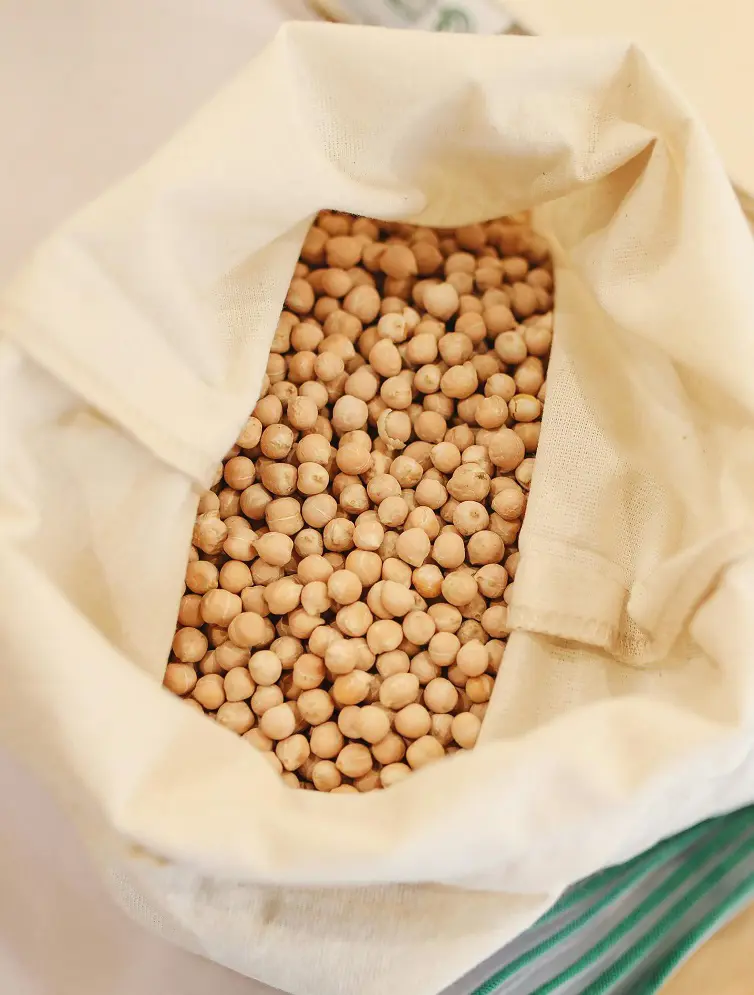
Another great measure to mitigate menstrual cramps is taking magnesium-rich foods such as whole grains, beans, green vegetables, etc.
Magnesium is effective in reducing menstrual pain by relaxing muscles and reducing prostaglandin production. Various research has highlighted the benefits of high magnesium intake for menstrual pain relief.
Foods rich in magnesium include:
- whole grains
- beans
- nuts
- seeds
- dark leafy greens
Make sure your diet has adequate magnesium content. You can also take magnesium supplements by consulting with a doctor.
12. Rest Up

Just like for all pain, rest is the most crucial aspect of your recovery from menstrual cramps too. So, find your time to rest in a comfortable place. Resting exactly like the position of a fetus will actually let you relax more easily.
Ensuring you get enough sleep is crucial, as it helps the body recover and manage pain more effectively. Resting not only provides immediate relief but also supports overall well-being, making it an essential part of managing period pain.
13. Quit Smoking
Women who smoke cigarettes suffer from much more menstrual cramps than the average woman. Even those who stopped smoking will experience pain, however, their pain might decrease slightly.
Moreover, the menstruation cycle in chain smokers is marked by irregularities, and experience menopause much earlier than the average woman. Thus, you need to avoid smoking cigarettes to have regular and painless periods.
14. Change Your Sleeping Position
Although this might not sound important, the way you rest or sleep determines the easiness of your body. To get better relief, aim to elevate your legs by placing a pillow under your legs. Likewise, take a fetal position to get relief from the pain of your abdomen.
Some of you might have to stay in a position for a long time, either at home or work. Take regular breaks in this case.
15. Meditation
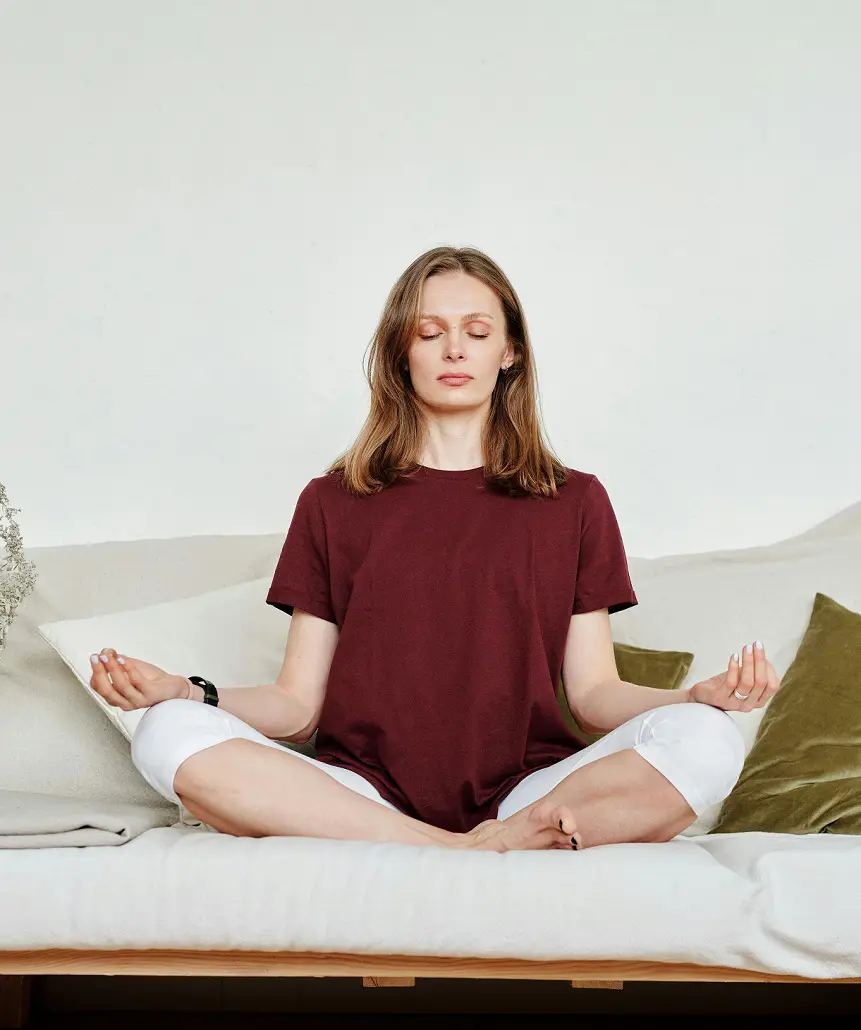
Mediation has been used for relaxation and promoting calmness for a very long time, and can be beneficial for young women when they are in their menstrual cycle.
There are different techniques of meditation. One is scanning your body mentally and focusing on its every part. Focus more on the areas that are feeling tension to some degree and try releasing the stress of that sensation from your mind. Additionally, you can imagine a peaceful place in your mind which can also aid in stress relief.
Causes Of Period Cramps
The majority of women feel pain during their period. However, the intensity of this pain differs among them. Sometimes you can be in misery during your period. While your friends might be chilling or relaxing with little to no pain during their menstruation cycle.
Most of those painful experiences during the monthly menstruation cycle occur majorly because of the contraction of muscles in the uterine. These contractions are the response to menstruation, which is the shedding of the uterine lining as you know.
Additionally, the uterus produces a hormone known as prostaglandins which aids in contracting and relaxing the muscles causing cramps. The severity and frequency of cramps intensify when the uterus increases the secretion of this hormone.
Some Other Causes of Period Pain

Endometriosis
The exact cause of the most severe period pain is a condition called endometriosis, in which tissue that normally lines your womb grows outside it. The interaction of this tissue and menstrual hormone causes inflammation and pain.
Adenomyosis
The lining of the uterus forms a muscular wall on the uterus in adenomyosis. And, because of this, many women feel menstrual cramps. This condition can also result in bleeding from the vagina where the tissues that are not normal act like normal endometrial tissues. These tissues swell and shed.
Uterine Fibroid
These are soft muscles that are known to cause very abnormal bleeding and pain during menstruation. Symptoms are direct behaving like menstrual cramps and depend on the type of fibroids, larger and more they grow these symptoms increase.
PID (Pelvic Inflammatory Disease)
This is an infection of the female reproductive organs, more specifically on its upper parts. This is often caused by sexually transmitted bacteria. And over time that leads to chronic pain as you have more bothersome menstrual periods.
Cervical Stenosis
Uterine prolapse may lead to an unusually narrow cervical opening, which could block conventional menstrual outflow. This sometimes makes the uterus press harder to get rid of her blood and this can create more pressure on the attemptetus even pain.
Hormonal Imbalances
The likely culprit related to how severe your cramps are is the release of estrogen and progesterone. In simple terms, women with estrogen dominance are carrying too much of this hormone compared to progesterone levels (resulting in heavier more painful periods).
Inactivity and poor diets.
A sedentary lifestyle and poor nutrition results more painful period cramps. Living too sedentary can lead to low circulation, poor muscle tone, poor skin condition, and vice versa in your diet. If you are not aware could affect the hormone system even inflammation.
When to Consult a Doctor?
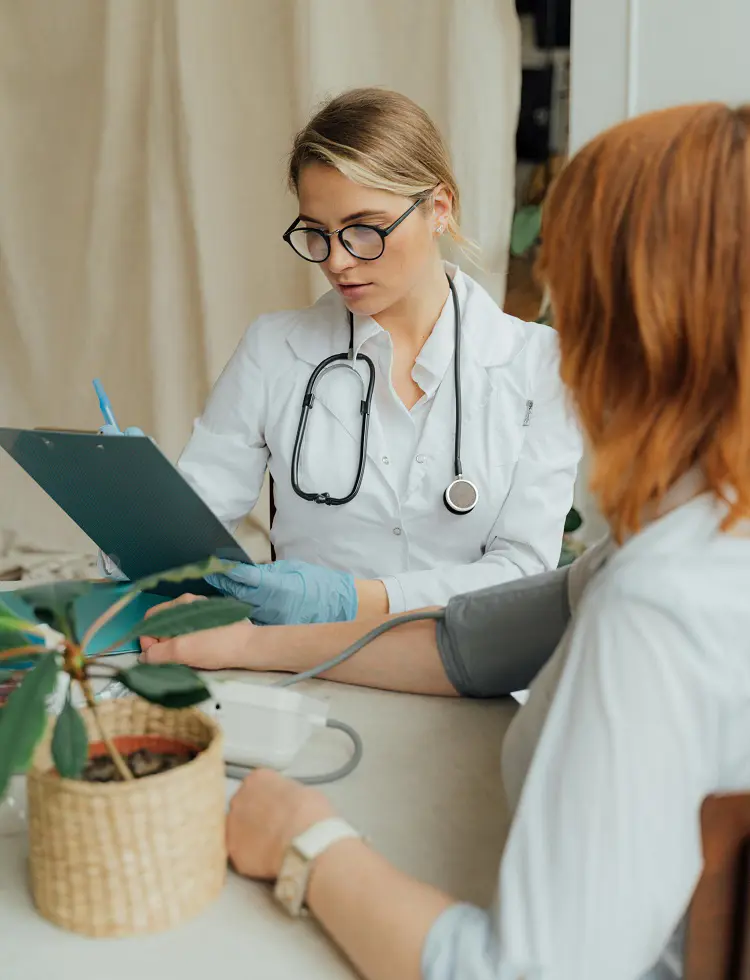
See a doctor if:
1. Pain Interferes with Daily Activities: Sometimes menstrual cramps are so painful that they will prevent you from doing everyday chores, or even going to school or your workplace. See a doctor if this happens.
2. Pain Worsens Over Time: If those menstrual cramps continue and get worse with time, or if they reach such an extent that they can barely carry on their usual activities, this is a good enough reason to see the doctor so that they may let you know the cause.
3. Heavy or Prolonged Bleeding: In the case of heavy menstruation, where one would use one or more sanitary pads every hour for several hours, or the period duration is over seven days, it is time to get concerned and visit your doctor. The presence of such symptoms with severe pain may indicate disorders no less serious than fibroids or hormonal imbalances.
4. Irregular Menstrual Cycles: If there is an alternation or a serious change in your regular menstrual cycle, it is recommended to see a doctor.
5. Pain Not Relieved by Over-the-Counter Medications: You should definitely reach out to a physician if you find that your constant discomfort goes past even the use of ibuprofen, naproxen, or any other nonprescription painkiller. This may be a warning sign of a more serious issue.
6. Pelvic Pain Outside of Menstruation: Although pelvic pain is quite common and sometimes it might not be the effect of menstruation, some women feel pain in their abdomen and the pelvis during their active period. If the pain becomes constant and lasts throughout the month, this might be the time to see a doctor.
7. History of Endometriosis or Other Conditions: If you have a family history of any of these disorders endometriosis, adenomyosis, or polycystic ovary syndrome and you are suffering from cramps, then you need to get medical attention.
8. Unusual Symptoms Post-Childbirth: If you notice some variations in the intensity of the stomach pain that you had already controlled before delivery, then it is better to see a physician to exclude any risk of development of diseases and post-operative complications due to labor.
Recent posts
Lifestyle
Lifestyle
20 Best Foods For Inflammation + What To Avoid
Inflammation is an essential response that the body utilizes in the defense mechanisms against both harm and pathogens; however, if it becomes chronic, it becomes a real issue. Luckily, there are foods out there that are good for this process, more ...
Lifestyle
Nutritional Yeast Benefits, Nutrition and Uses
Often called "nooch", nutritional yeast is a deactivated form of yeast. It is often used to make vegan and dairy-free items. Various studies show that nutritional yeast possesses a range of health benefits. The mineral, vitamin, and antioxidant...
Lifestyle
Is Oatmeal Good For Weight Loss? Facts and Myths
Oatmeal has been a reputed healthy breakfast food for ages. It is derived from oats, a whole grain known for its compact nutrient profile and wide range of health benefits. Oatmeal, mostly rich in fiber, is also popular in weight loss diets. If...
Lifestyle
12 Dark Chocolate Benefits and Nutrition
Dark chocolate, a delightful treat for many is also packed with numerous health advantages. It is a nutritional powerhouse in addition to being a pleasant treat due to its rich velvety taste and remarkable collection of antioxidants. This delicious t...
Lifestyle
Is Chicken Good For Weight Loss? Ways To Eat It
When losing weight, the search for both healthy and filling foods is paramount, and chicken is usually among the best options. In addition to being rich in essential nutrients that play crucial roles in muscle management and overall body healt...
Lifestyle
Are Eggs Good For Weight Loss? Ways To Add
Eggs are loaded with protein and vitamins and therefore, they can be part of your team to help you in losing weight. Consuming eggs in your meals will give you the desired fullness and your appetite will be put under check, thus easily maintaining a...
